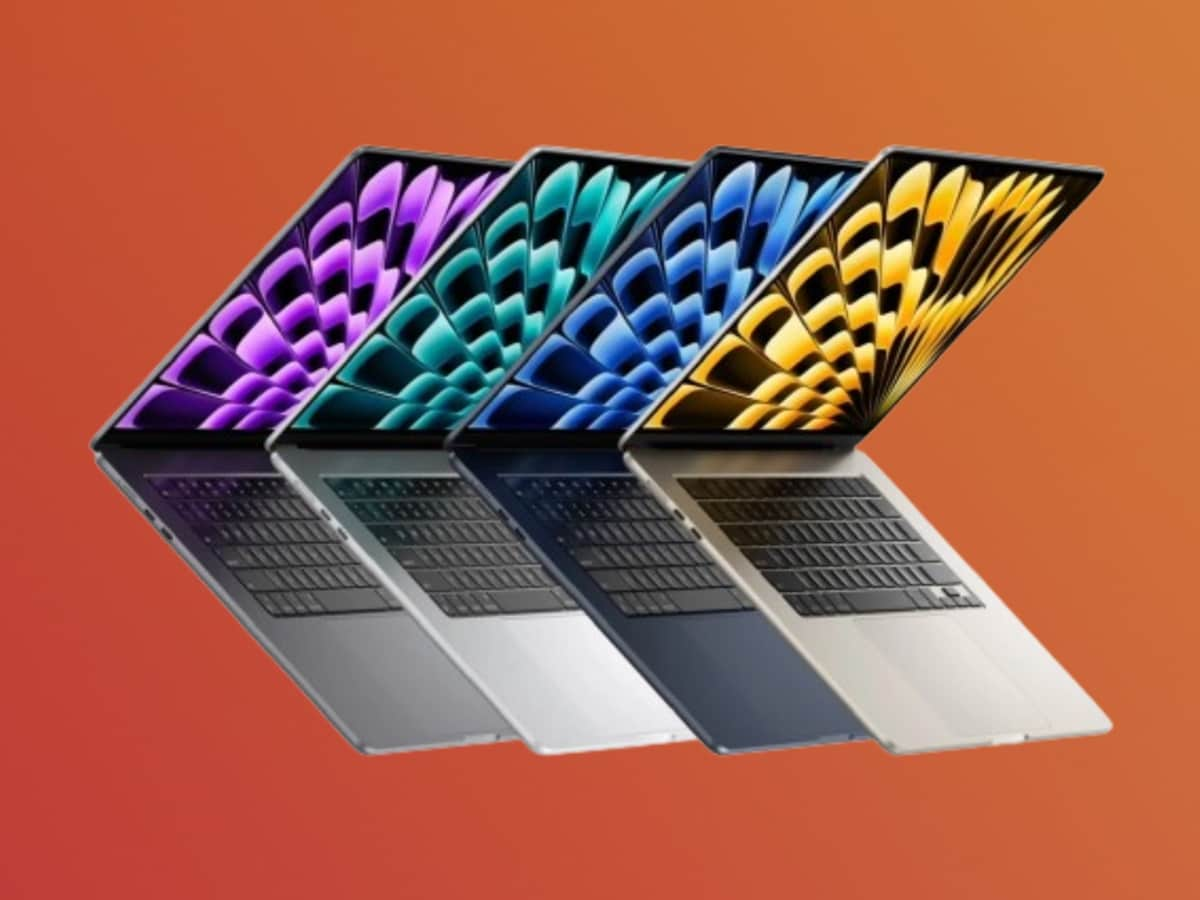TSMC, the first foundrie worldwide, has announced a significant capital increase in 2025 that could reach $42 billion in anticipation of securing more manufacturing contracts for the increased demand for semiconductors for AI.
TSMC has been recovering from the global drop in silicon demand in 2023 and ended 2024 with a 37% revenue increase to $26.88 billion. The forecast for 2025 is also very good, with annual revenue projections of 25%.
Semiconductors for AI, great demand
Chips for artificial intelligence are behind such positive forecasts for the world’s largest contract semiconductor manufacturer, which works for all the big technology companies. And everything related to artificial intelligence requires a huge amount of resources.
TSMC explains that last year there was a “strong AI-related demand” of accelerators, including GPUs, ASICs and HBM controllers for training and inference in data centers. Not to mention the needs for smaller chips, such as processors and neural processing units that power client personal computers.
In the presentation of financial results, the company’s vice president and CEO, CC Wei, predicts that demand for semiconductors for AI will double by 2025. “We expect AI accelerators to be the strongest driver of growth for our HPC platform and the largest contributor in terms of our overall incremental revenue growth in the coming years.”he stated.
New TSMC process nodes
Advancing process nodes is essential to improve technological manufacturing (costs, efficiency and density), and TSMC uses some of the most advanced on the market. N3E (3 nanometers) is currently in general use and TSMC’s N2 (2 nm) process node is “on track” for volume production in the second half of 2025, the executive says. It is expected to offer a 10 to 15 percent speed improvement at the same power compared to N3E technology and a more than 15 percent increase in density.
He also mentioned TSMC’s A16 technology, which is slated to produce the first 1.6 nanometer chips by 2026. It will be the most advanced manufacturing process technology in the industry with 8 to 10 percent performance improvements at the same power compared to N2, and an additional 7 to 10 percent chip density gain.









